The Influence of Ancient Civilizations on Culinary Arts
The culinary world is a melting pot of flavors, techniques, and traditions that have been passed down through generations, each contributing a unique spice to the global recipe book. Ancient civilizations laid the foundation for modern gastronomy, leaving behind a rich legacy that continues to shape the way we cook and eat today. Let's embark on a journey through time and taste, exploring the influences of civilizations such as the Egyptians, Greeks, Romans, Chinese, Indians, Aztecs, Mayans, Medieval Europeans, and Islamic cultures on the culinary arts.
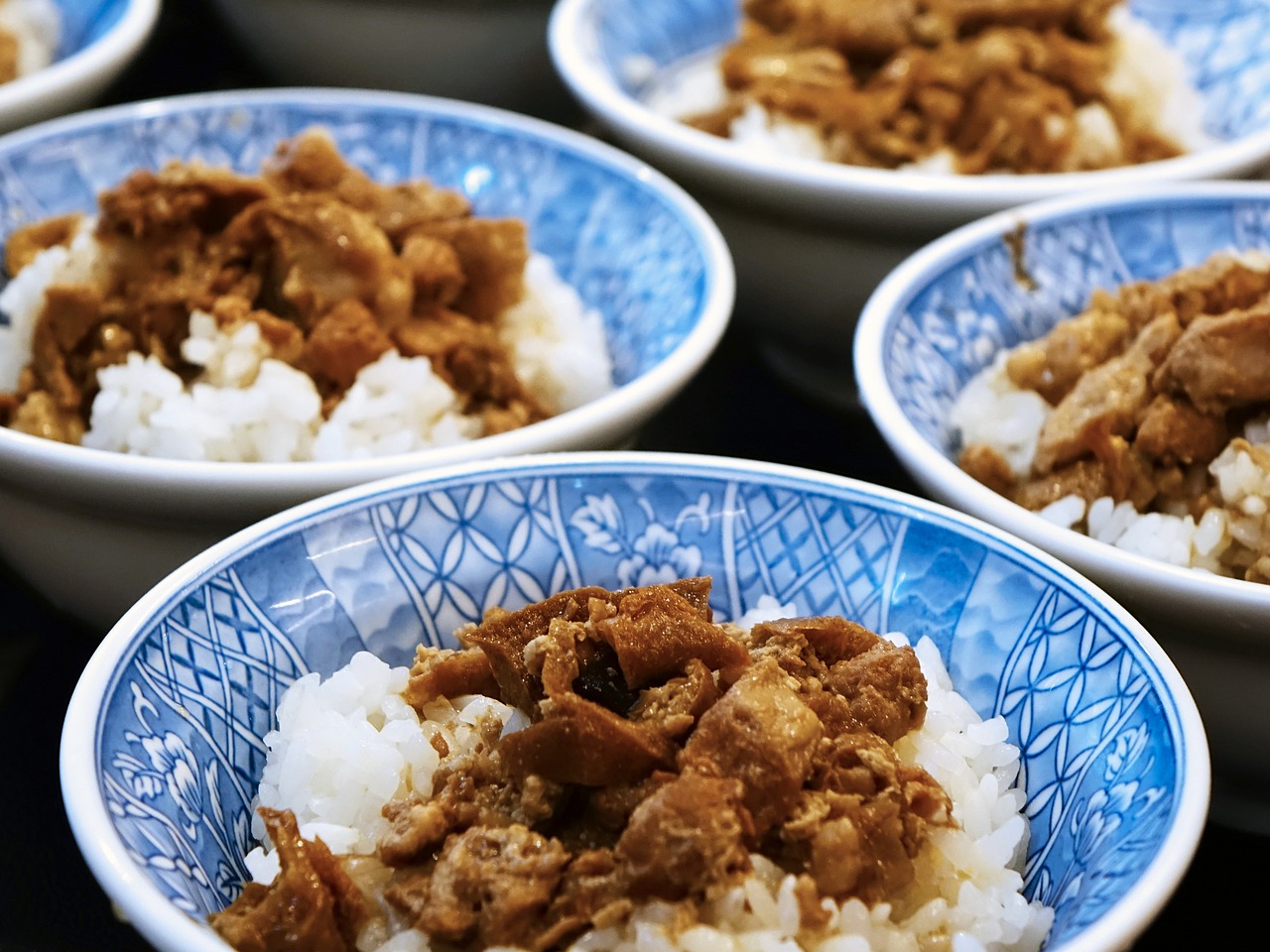
Ancient Egyptian Culinary Legacy
Exploring how culinary traditions, ingredients, and cooking techniques from ancient civilizations continue to impact modern gastronomy and culinary arts.
Delving into the use of grains, spices, and preservation methods in ancient Egyptian cuisine and how they have shaped contemporary cooking practices.
Ancient Egypt, known for its rich culinary heritage, heavily relied on grains such as barley and emmer wheat in their diet. These grains were used to make bread, beer, and porridge, showcasing the importance of carbohydrates in their cuisine. Additionally, the Egyptians were adept at preserving food through methods like drying, salting, and pickling, ensuring the availability of food throughout the year.
Spices played a vital role in ancient Egyptian cooking, with ingredients like cumin, coriander, and garlic adding depth and flavor to dishes. The use of aromatic herbs like parsley and dill further enhanced the taste of their meals. Moreover, the Egyptians valued the medicinal properties of certain spices, incorporating them into their recipes for both flavor and health benefits.
Furthermore, the practice of communal dining and elaborate feasting was prevalent in ancient Egypt, reflecting the importance of food in social gatherings and religious ceremonies. The concept of hospitality and sharing meals with others was deeply ingrained in their culture, emphasizing the communal aspect of dining.
In modern culinary arts, the influence of ancient Egyptian cuisine can be seen in the use of grains, spices, and preservation techniques. Chefs today draw inspiration from the flavors and ingredients of ancient Egypt, incorporating them into contemporary dishes to create a fusion of tradition and innovation.

Greek Gastronomic Traditions
Greek gastronomic traditions hold a significant place in the history of culinary arts, with their influence still reverberating in modern cooking practices. The ancient Greeks revered olive oil, considering it a staple ingredient in their cuisine. This golden elixir not only added flavor to their dishes but also symbolized purity and prosperity. Additionally, the Greeks cherished the art of winemaking, producing wines that were integral to their social and religious gatherings.
Herbs played a crucial role in Greek cooking, with fragrant varieties like oregano, mint, and thyme enhancing the flavors of their dishes. These herbs were not merely seasonings but were believed to possess medicinal properties, reflecting the Greeks' holistic approach to food and health. The combination of olive oil, wine, and herbs created a harmonious symphony of flavors that continues to inspire Mediterranean and global culinary trends.
The Greeks also valued the communal aspect of dining, considering it a sacred ritual that fostered bonds among individuals. The concept of symposia, elaborate feasts accompanied by philosophical discussions and entertainment, exemplified the Greeks' appreciation for the social and cultural significance of food. Moreover, the practice of using communal dining vessels, such as the kylix (drinking cup) and the phiale (libation bowl), emphasized the shared experience of eating together.
Furthermore, Greek cuisine emphasized the use of fresh, seasonal ingredients, reflecting a deep connection to the land and the bounties it provided. The Greeks celebrated the simplicity of ingredients like olives, figs, and honey, showcasing their natural flavors without excessive embellishments. This focus on quality ingredients and uncomplicated preparations laid the foundation for the farm-to-table movement seen in contemporary gastronomy.
In conclusion, the gastronomic traditions of ancient Greece continue to captivate culinary enthusiasts with their emphasis on quality ingredients, harmonious flavors, and communal dining experiences. By understanding and appreciating the culinary legacy of the Greeks, we gain insight into the enduring influence of ancient civilizations on modern food culture.

Roman Culinary Contributions
When it comes to culinary contributions, the ancient Romans have left an indelible mark on the world of gastronomy. Their culinary innovations were not only about creating delicious dishes but also about the refinement of dining etiquette and the spread of ingredients across their vast empire. Roman cuisine was known for its complexity, with recipes that incorporated a wide variety of ingredients and cooking techniques.
One of the key elements of Roman culinary culture was the emphasis on using fresh, high-quality ingredients. They valued the use of herbs, spices, and sauces to enhance the flavors of their dishes. The Romans were also pioneers in the art of food preservation, developing techniques such as pickling and curing to ensure the longevity of perishable foods.
Furthermore, dining in ancient Rome was not just about the food itself but also about the social and cultural aspects surrounding the meal. Banquets and feasts were common, where guests would recline on couches and enjoy multiple courses of food and wine. Table manners and etiquette were highly important, with specific rules governing how to eat and interact during meals.
The Roman Empire played a significant role in the dissemination of ingredients and culinary practices across different regions. They introduced foods like grapes, olives, and wheat to new territories, influencing local cuisines and creating a culinary legacy that endures to this day. The concept of combining sweet and savory flavors in dishes, as well as the use of diverse cooking methods, can be traced back to Roman culinary traditions.
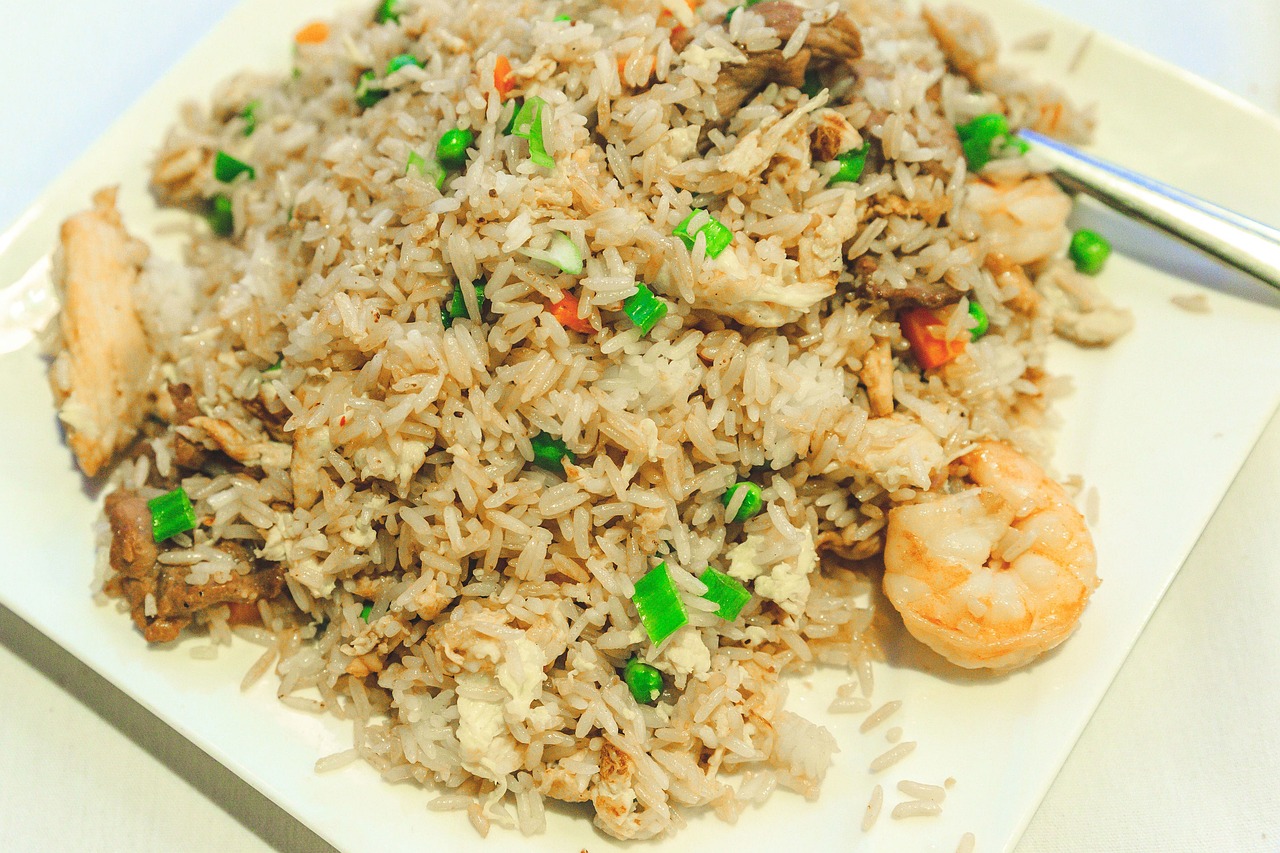
Chinese Culinary Heritage
Chinese culinary heritage is a tapestry woven with centuries of tradition, innovation, and cultural significance. The roots of Chinese gastronomy run deep, with each dish telling a story of history and heritage. One of the most iconic contributions of Chinese cuisine to the culinary world is the invention of noodles, a versatile staple that has captured the hearts and taste buds of people worldwide.
At the heart of Chinese cooking lies the art of stir-frying, a technique that allows ingredients to retain their natural flavors and textures while creating harmonious and balanced dishes. The sizzle of the wok and the aroma of fresh ingredients coming together in a symphony of flavors are emblematic of Chinese culinary expertise.
Another cornerstone of Chinese cuisine is soy sauce, a fermented condiment that adds depth and complexity to dishes. The umami-rich flavor of soy sauce enhances the taste of meats, vegetables, and stir-fries, making it a beloved ingredient in Chinese cooking.
Balance is a fundamental principle in Chinese culinary philosophy, where the interplay of flavors - sweet, sour, salty, bitter, and umami - is carefully orchestrated to create harmonious dishes. The concept of yin and yang, the harmonious balance of opposing elements, is reflected in the careful selection and combination of ingredients in Chinese cooking.
Chinese culinary heritage is a treasure trove of culinary wisdom, passed down through generations and celebrated in kitchens around the world. From the vibrant colors of vegetable stir-fries to the comforting warmth of hot and sour soup, Chinese cuisine continues to captivate and inspire food lovers with its rich history and diverse flavors.

Indian Spice Influence
Indian cuisine is renowned for its vibrant and aromatic flavors, largely due to the influence of a variety of spices that have been integral to Indian cooking for centuries. Among the plethora of spices used in Indian cuisine, a few stand out for their significant impact on both traditional Indian dishes and global gastronomy.
Turmeric, known for its bright yellow color and earthy flavor, is a staple in Indian cooking. Beyond its culinary uses, turmeric also boasts various health benefits, making it a versatile and valuable spice in both the kitchen and for overall well-being.
Cardamom, with its unique sweet and floral notes, adds a distinct aroma to both savory and sweet dishes. This spice is often used in Indian desserts, rice dishes, and meat preparations, contributing to the complexity of flavors in Indian cuisine.
Cumin, characterized by its warm and slightly nutty taste, is another essential spice in Indian cooking. Widely used in curries, stews, and spice blends, cumin enhances the overall depth of flavor in dishes and is a common ingredient in Indian spice mixes.
These spices not only add depth and complexity to Indian dishes but have also transcended borders, influencing culinary practices worldwide. The Indian spice influence can be seen in various global cuisines that have embraced the rich flavors and aromatic profiles that these spices offer.
Whether it's the warmth of turmeric, the floral notes of cardamom, or the earthy richness of cumin, the Indian spice influence continues to play a significant role in shaping the diverse and flavorful world of modern culinary arts.
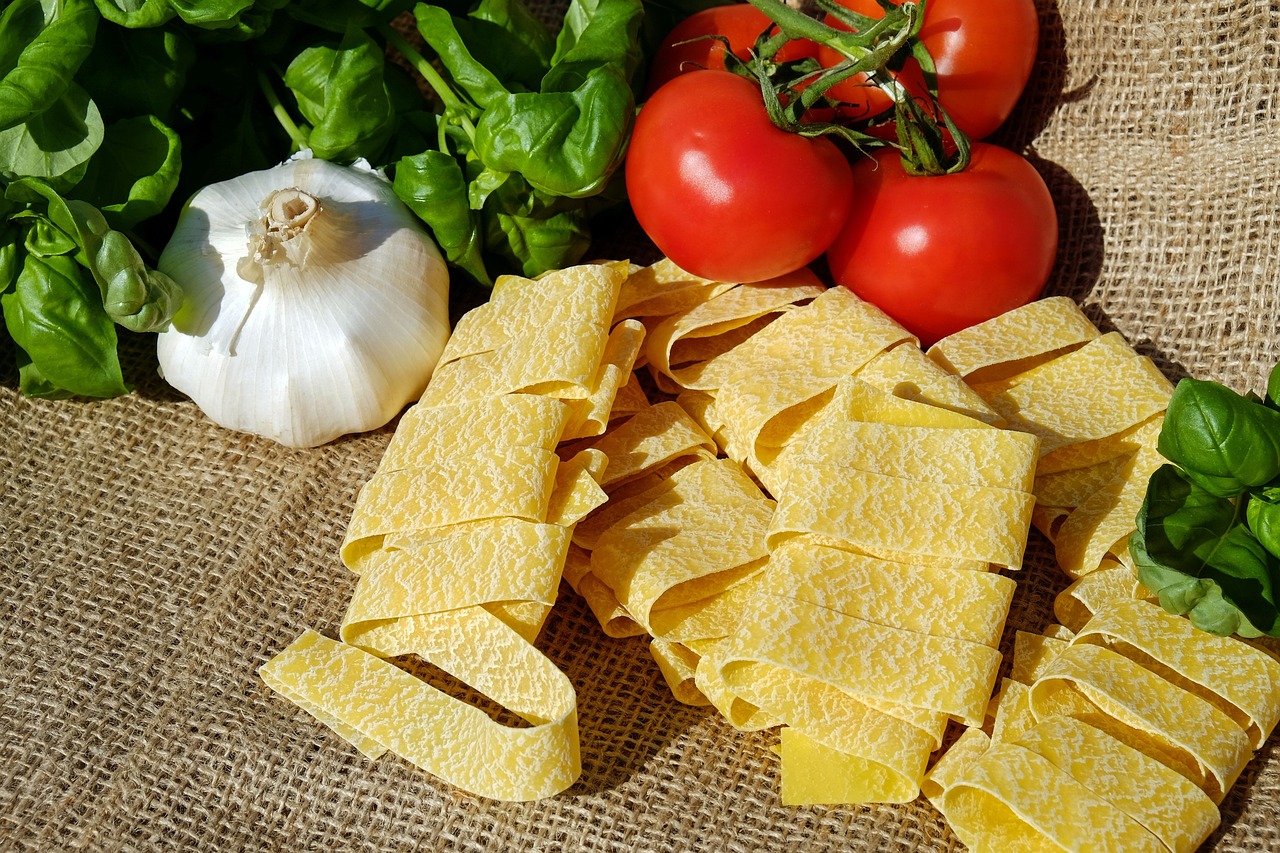
Aztec and Mayan Culinary Practices
When it comes to Aztec and Mayan culinary practices, one cannot help but marvel at the rich tapestry of flavors and ingredients that have influenced Mexican and Latin American cuisines for centuries. The Aztec and Mayan civilizations were known for their advanced agricultural techniques and diverse use of staple ingredients such as maize, beans, and chili peppers.
Maize, or corn, held a sacred status in both Aztec and Mayan cultures, serving as the cornerstone of their diets. It was not only a source of sustenance but also a symbol of life and fertility. The Aztecs and Mayans utilized maize in various forms, from tortillas to tamales, showcasing their ingenuity in creating versatile dishes.
Beans were another essential component of Aztec and Mayan cuisine, providing a valuable source of protein. The civilizations cultivated a wide variety of beans, incorporating them into stews, soups, and even desserts. Beans added depth and texture to dishes, enhancing the overall dining experience.
Chili peppers, with their fiery heat and distinct flavors, played a pivotal role in Aztec and Mayan cooking. These civilizations were among the first to cultivate and use chili peppers, introducing a new level of spiciness to their dishes. Chili peppers not only added heat but also complexity and depth of flavor to a wide range of Aztec and Mayan recipes.
The culinary practices of the Aztec and Mayan civilizations were not just about sustenance but also about cultural identity and tradition. Their innovative use of ingredients and cooking techniques laid the foundation for the vibrant and diverse flavors found in modern Mexican and Latin American cuisines.
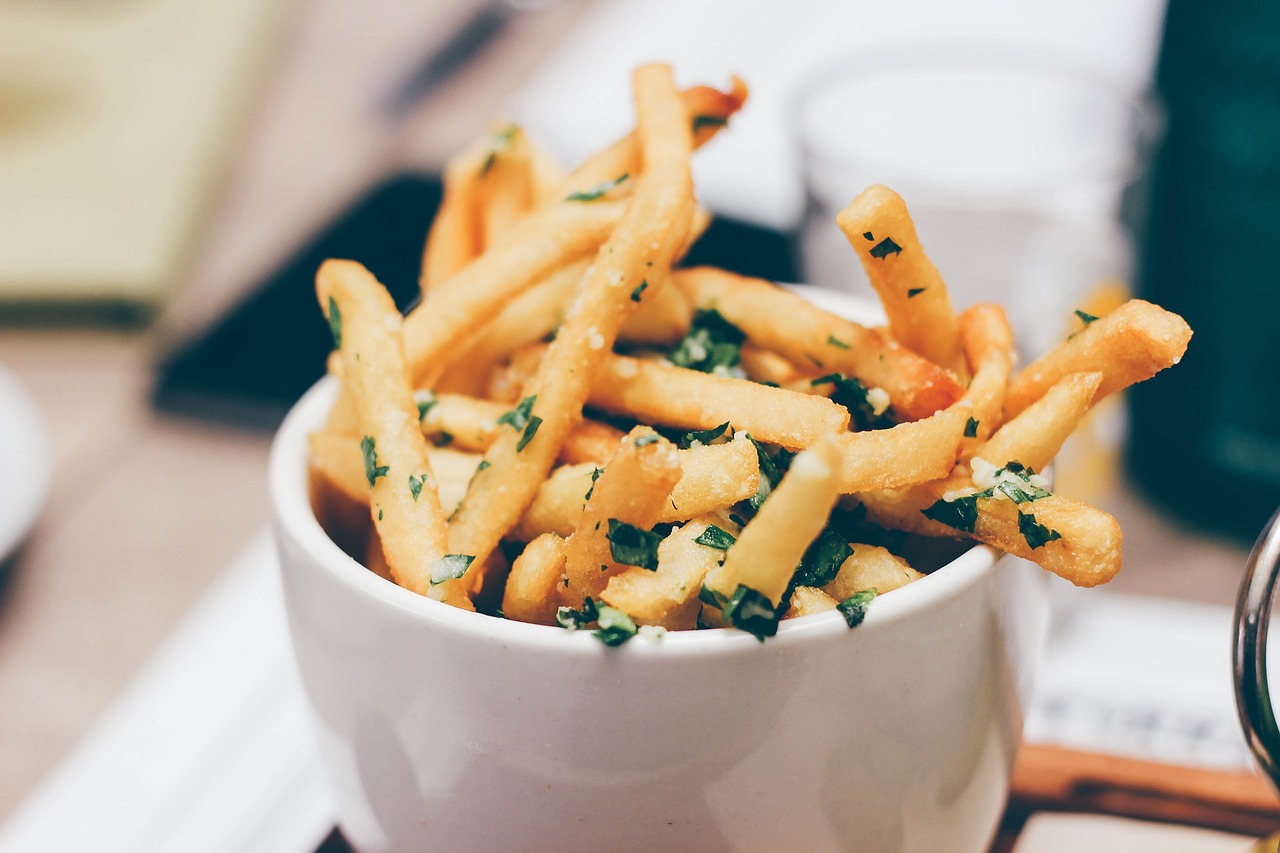
Medieval European Food Culture
In the medieval period, European food culture underwent significant transformations, shaping the culinary landscape we recognize today. During this era, food was not just sustenance but a symbol of social status and cultural identity. The feudal system dictated the types of food consumed, with the nobility enjoying elaborate feasts while the commoners had simpler fare. The introduction of new ingredients such as sugar, spices, and exotic fruits from trade routes expanded the flavor profiles of European dishes, leading to the creation of intricate and flavorful recipes. Cooking techniques evolved, with the emergence of roasting, baking, and stewing becoming popular methods of food preparation. The concept of dining etiquette also gained prominence, with elaborate table manners and formal dining rituals becoming the norm at noble households. Banquets and feasts were not only occasions for indulgence but also served as displays of wealth and power. The legacy of medieval European food culture can be seen in the diverse and rich culinary traditions of modern European cuisines, where influences from different regions and historical periods continue to shape the way we eat and appreciate food today.
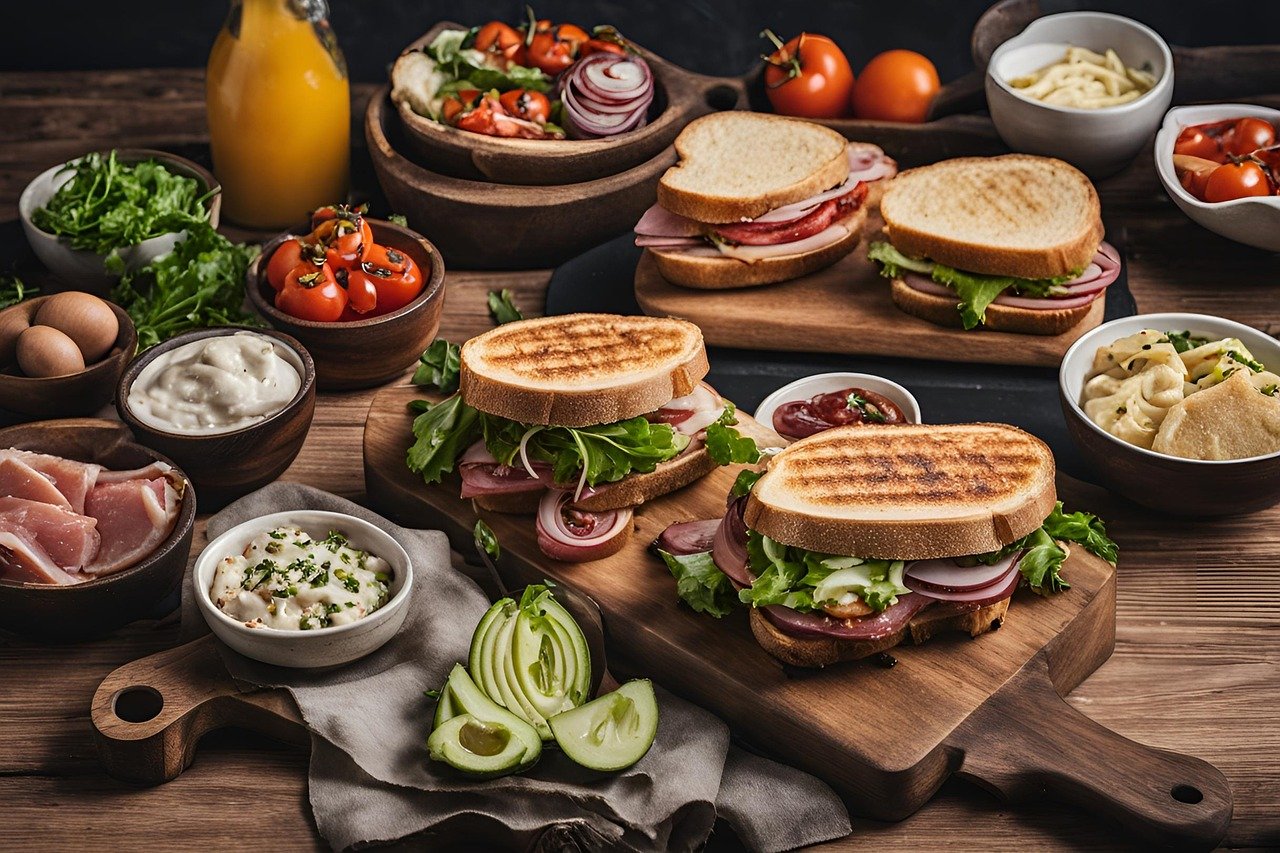
Islamic Culinary Heritage
Exploring how culinary traditions, ingredients, and cooking techniques from ancient civilizations continue to impact modern gastronomy and culinary arts.
The Islamic culinary heritage is a rich tapestry woven with diverse flavors, ingredients, and cooking methods that have influenced cuisines across the Middle East, North Africa, and the Mediterranean. Islamic cuisine is a fusion of various culinary traditions, blending spices, herbs, and techniques to create dishes that are both flavorful and aromatic.
One of the defining characteristics of Islamic cuisine is the emphasis on balance in flavors, with dishes often combining sweet, savory, and tangy elements to create a harmonious taste profile. This balance is achieved through the careful selection and skillful use of spices such as saffron, cinnamon, and cumin, which add depth and complexity to dishes.
Islamic culinary heritage also places a strong emphasis on hospitality and sharing meals with others. Meals are often communal affairs, with large platters of food shared among family and friends, fostering a sense of unity and togetherness.
Moreover, Islamic cuisine is known for its use of fresh, seasonal ingredients, with an emphasis on locally sourced produce and meats. This focus on quality and freshness ensures that dishes are not only flavorful but also nutritious and wholesome.
Throughout history, Islamic culinary traditions have influenced and been influenced by various cultures, resulting in a diverse and vibrant culinary landscape that continues to evolve and adapt to modern tastes and preferences.
Frequently Asked Questions
- What is the significance of ancient civilizations on modern culinary arts?
Ancient civilizations have greatly influenced modern culinary arts through their culinary traditions, ingredients, and cooking techniques. These legacies have shaped contemporary cooking practices and continue to impact gastronomy worldwide.
- How did ancient Egyptian cuisine contribute to modern cooking?
Ancient Egyptian cuisine introduced the use of grains, spices, and preservation methods that have influenced modern cooking. These culinary practices have left a lasting mark on contemporary culinary trends.
- What role did Greek gastronomic traditions play in shaping global cuisine?
Greek gastronomic traditions, such as the use of olive oil, wine, and herbs, have had a significant influence on Mediterranean and global culinary trends. These ingredients and cooking techniques have become staples in modern cooking.
- How did Roman culinary contributions impact culinary innovation?
Ancient Rome's culinary innovations, including complex recipes, dining etiquette, and ingredient spread, have played a crucial role in shaping modern culinary practices. Their contributions have had a lasting impact on culinary creativity.
- What is the legacy of Chinese culinary heritage in modern cuisine?
Chinese culinary heritage, from noodle invention to stir-frying techniques, has significantly influenced modern cooking. The balance of flavors and use of key ingredients continue to inspire culinary creations globally.
- How have Indian spices influenced diverse cuisines worldwide?
Indian spices like turmeric, cardamom, and cumin have been integrated into various cuisines worldwide, adding depth and flavor. These spices have become essential ingredients in global cooking.
- What impact did Aztec and Mayan culinary practices have on Latin American cuisine?
Aztec and Mayan culinary practices, including the use of maize, beans, and chili peppers, have greatly influenced Mexican and Latin American culinary traditions. These ingredients and flavors continue to define the region's cuisine.
- How did medieval European food culture shape modern European cuisines?
Medieval European food culture contributed to the evolution of culinary techniques, ingredients, and dining customs in modern European cuisines. The traditions established during this period continue to influence European gastronomy.
- What is the influence of Islamic culinary heritage on Middle Eastern and Mediterranean dishes?
Islamic culinary heritage, with its fusion of flavors, ingredients, and cooking methods, has had a profound impact on Middle Eastern, North African, and Mediterranean dishes. These culinary influences are evident in the diverse and rich flavors of the region.



















